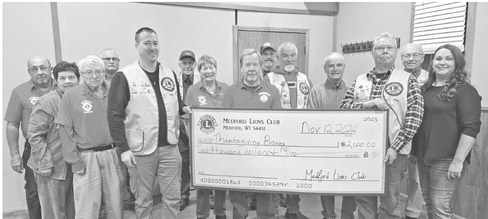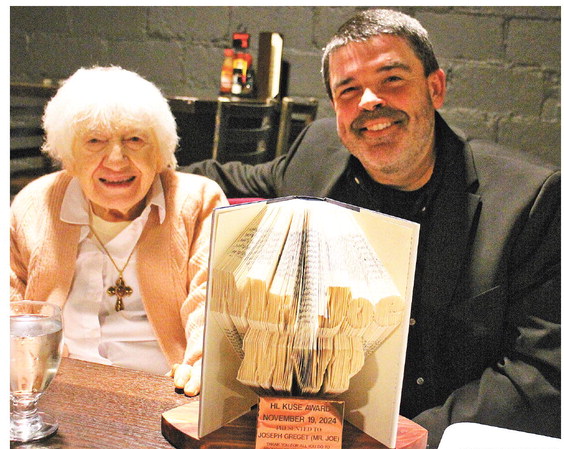State DOR declines to speak to TIF task force
Members continue to research the issue
Wisconsin’s Department of Revenue (DOR) declined a request for one of its agents to speak to Marathon County’s TIF task force recently, but the group’s members remain determined to find out as much as they can about tax-incremental financing and its impact on local government.
Task force members had initially hoped to hear from a DOR representative at its second meeting on Sept. 25, but after chairman David Overbeck announced that their invitation had been turned down, they continued their own discussion about the county’s TIF districts, which currently hold over $1 billion worth of property off-limits to county taxation.
Instead of talking to a state official, members said they should be reaching out to county finance director Kristi Palmer, who represents the county on joint review boards (JRBs), which are formed whenever a new TIF district is proposed by a city or village. JRBs are made up of representatives from all of the government entities that agree to forfeit property taxes on any new developments in a given area in exchange for the promise of future growth.
Task force member Lisa Rasmussen, a member of the Wausau City Council, said she would like to know Palmer’s decision-making process when she votes on whether to approve a new TIF district or authorize a time or boundary extension.
“If she’s asking the right questions, doing the right things and making the right investments, you basically affirm her current mode of operation,” she said.
Overbeck, however, said the group has been tasked with developing new policies for the county board to follow when considering the creation or extension of a TIF district. These policies will provide guidance for Palmer or whoever else represents the county on the JRB.
Supervisor Gayle Marshall, another task force member, noted the the DOR’s “TIF manual” includes 10 questions for JRB members to consider asking before voting to create a new district. One of those questions is “Do the benefits outweigh the taxes residents of overlying districts are expected to pay?”
Marshall said the task force should try to determine what the tax impact on the average homeowner is when a TIF district is created or extended beyond its original end date.
Rasmussen said it would also be helpful to know how much tax revenue the county is currently missing out on because of all the property growth located within the county’s 40 TIF districts. She guessed it would be less money than what many people might imagine.
“It’s probably not a silver bullet for anybody’s budget,” she said.
Overbeck said he would also like task force members to further study what’s called the “but for” principle in creating TIF districts, which requires municipalities to show that new development would not occur “but for” the creation of a new district and the incentives it provides.
With the county, local schools and community colleges agreeing to give up tax revenue, Overbeck said these entities have a right to expect a certain return on investment for taxpayers, which requires transparency and cooperation by the municipalities with TIF districts.
“It’s got to be viewed as a partnership,” he said. “Otherwise, it doesn’t function.”
The task force has until Dec. 31 to develop a presentation for the county board, with the ultimate goal of presenting proposed policies by March 31, 2024.


